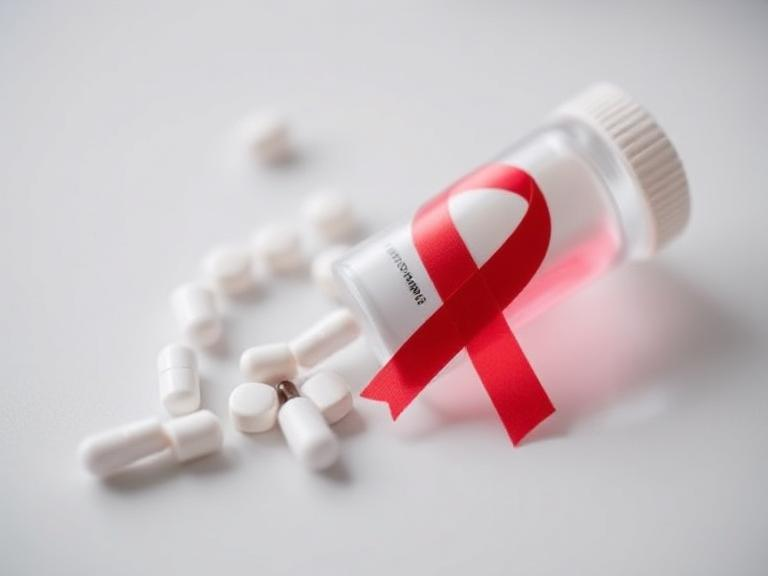In the fight against HIV/AIDS, medical advancements have brought us closer to preventing new infections more effectively than ever before. One such breakthrough is Pre-Exposure Prophylaxis, commonly known as PrEP. This revolutionary drug has changed the landscape of HIV prevention, offering hope and protection to millions worldwide.

What is PrEP?
PrEP is a daily medication that significantly reduces the risk of contracting HIV. It is a combination of two antiretroviral drugs, tenofovir and emtricitabine, formulated into a single pill. When taken consistently, PrEP has been shown to reduce the risk of HIV infection by up to 99% in individuals who are at high risk.
Who Should Consider PrEP?
PrEP is recommended for individuals who are at higher risk of HIV exposure. This includes:
- Men who have sex with men (MSM): Particularly those who have multiple sexual partners, or engage in unprotected sex.
- Heterosexual individuals: Those in relationships with an HIV-positive partner or who have multiple partners.
- People who inject drugs: Sharing needles increases the risk of HIV transmission.
- Transgender individuals: Particularly those who engage in unprotected sex with partners of unknown HIV status.
How Does PrEP Work?
PrEP works by maintaining a certain level of the medication in your bloodstream, which is enough to stop the virus from establishing an infection if exposure occurs. It is crucial that PrEP be taken consistently every day to ensure its effectiveness.
Access and Affordability
Access to PrEP has expanded significantly, with many health insurance plans covering the cost of the medication. Additionally, various government programs and non-profit organizations offer support for those who may not have insurance or who face financial hardships. It’s important for individuals considering PrEP to consult with healthcare providers to discuss their risk factors, the benefits of PrEP, and how to obtain it.
The Importance of Adherence and Regular Testing
While PrEP is highly effective, it is not a standalone solution. It should be used in conjunction with other preventive measures such as condom use and regular HIV testing. Regular check-ups and tests are crucial for those on PrEP to monitor their health and ensure that the drug remains effective.
Conclusion
PrEP represents a powerful tool in the fight against HIV, offering protection and peace of mind for those at risk. By increasing awareness and accessibility, we can move closer to reducing new HIV infections globally. As with any medication, it is essential to have open conversations with healthcare providers to determine if PrEP is the right choice for you. Through education and proactive healthcare, we can continue to break down the barriers in HIV prevention and work towards a world where HIV is no longer a public health threat.




